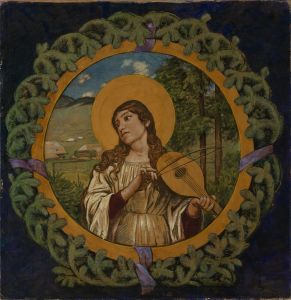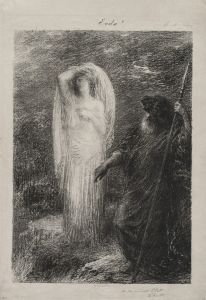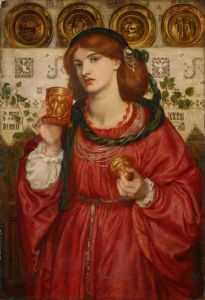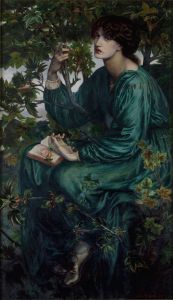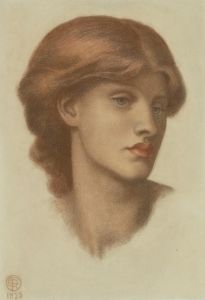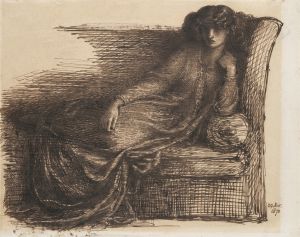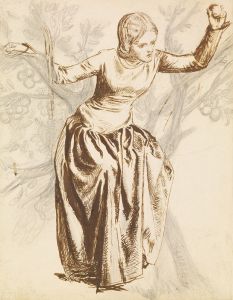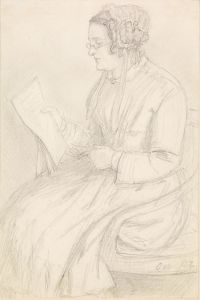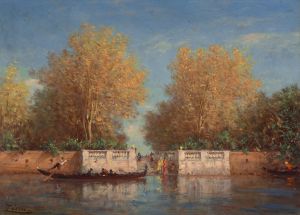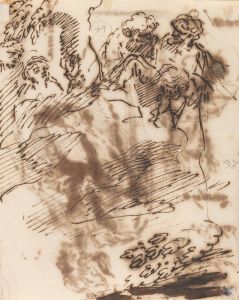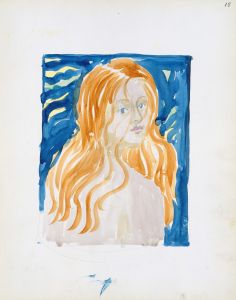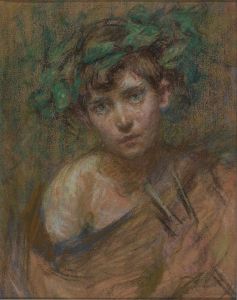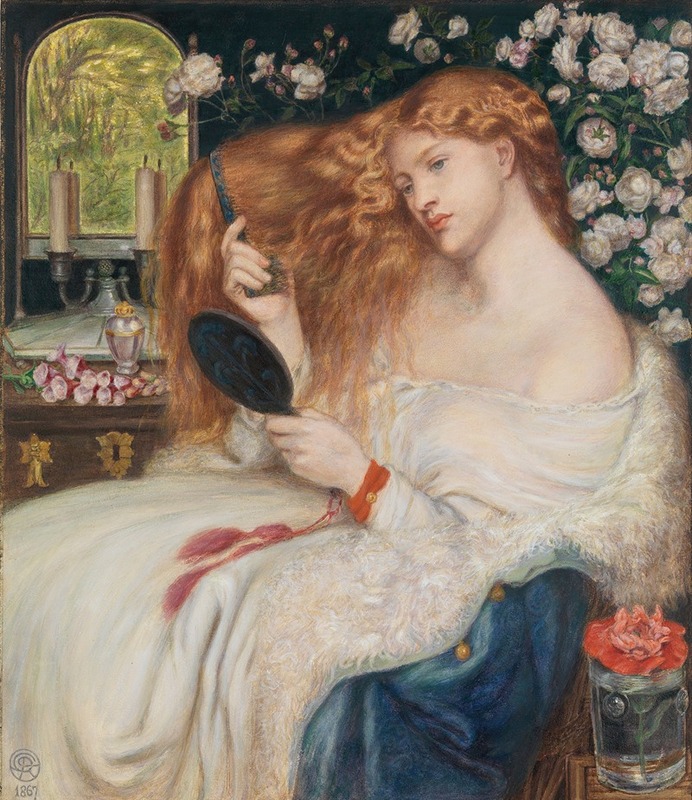
Lady Lilith
A hand-painted replica of Dante Gabriel Rossetti’s masterpiece Lady Lilith, meticulously crafted by professional artists to capture the true essence of the original. Each piece is created with museum-quality canvas and rare mineral pigments, carefully painted by experienced artists with delicate brushstrokes and rich, layered colors to perfectly recreate the texture of the original artwork. Unlike machine-printed reproductions, this hand-painted version brings the painting to life, infused with the artist’s emotions and skill in every stroke. Whether for personal collection or home decoration, it instantly elevates the artistic atmosphere of any space.
"Lady Lilith" is an oil painting by the English artist Dante Gabriel Rossetti, a prominent figure in the Pre-Raphaelite Brotherhood. The painting was originally completed in 1867 and later altered in 1872-73. It depicts Lilith, a figure from Jewish mythology often associated with seduction and the first wife of Adam, according to some traditions. Rossetti’s interpretation of Lilith emphasizes her beauty and allure, portraying her as a femme fatale figure.
The painting shows a woman with flowing, golden-red hair seated in front of a mirror, combing her hair. The composition highlights her sensuality and self-absorption, with her gaze directed away from the viewer. The mirror behind her reflects a lush, floral background, adding to the painting's dreamlike and romantic quality. Rossetti’s attention to detail, particularly in the depiction of Lilith’s hair and the surrounding flowers, is characteristic of the Pre-Raphaelite style, which sought to revive the vivid colors and intricate details of early Renaissance art.
The model for the original version of "Lady Lilith" was Fanny Cornforth, a frequent muse and companion of Rossetti. However, in the later version, Rossetti replaced Cornforth’s face with that of Alexa Wilding, another of his favored models. This alteration was made at the request of the painting’s owner, Frederick Leyland, a wealthy shipowner and art collector. The changes were completed in 1873, and the revised painting is now housed in the Delaware Art Museum in Wilmington, Delaware.
Rossetti also wrote a sonnet to accompany the painting, which reflects his literary as well as artistic talents. The sonnet, titled "Body’s Beauty," was part of his larger work The House of Life and explores themes of physical beauty and its potentially dangerous allure. This pairing of visual art with poetry was a hallmark of Rossetti’s work, as he often sought to create a dialogue between the two forms.
"Lady Lilith" is considered an important example of Rossetti’s exploration of mythological and literary themes, as well as his fascination with the concept of idealized beauty. The painting’s rich symbolism and meticulous execution have made it one of his most celebrated works.





